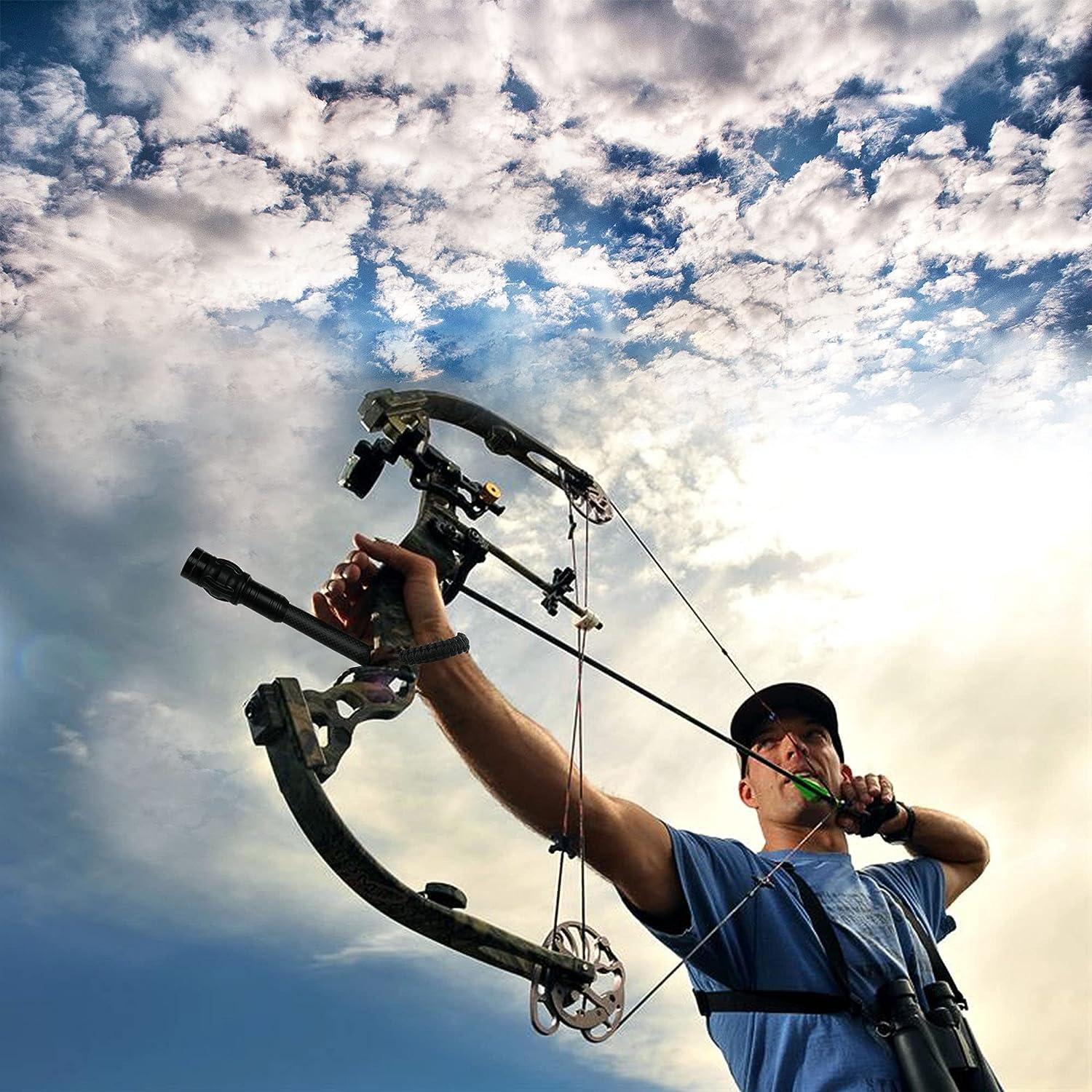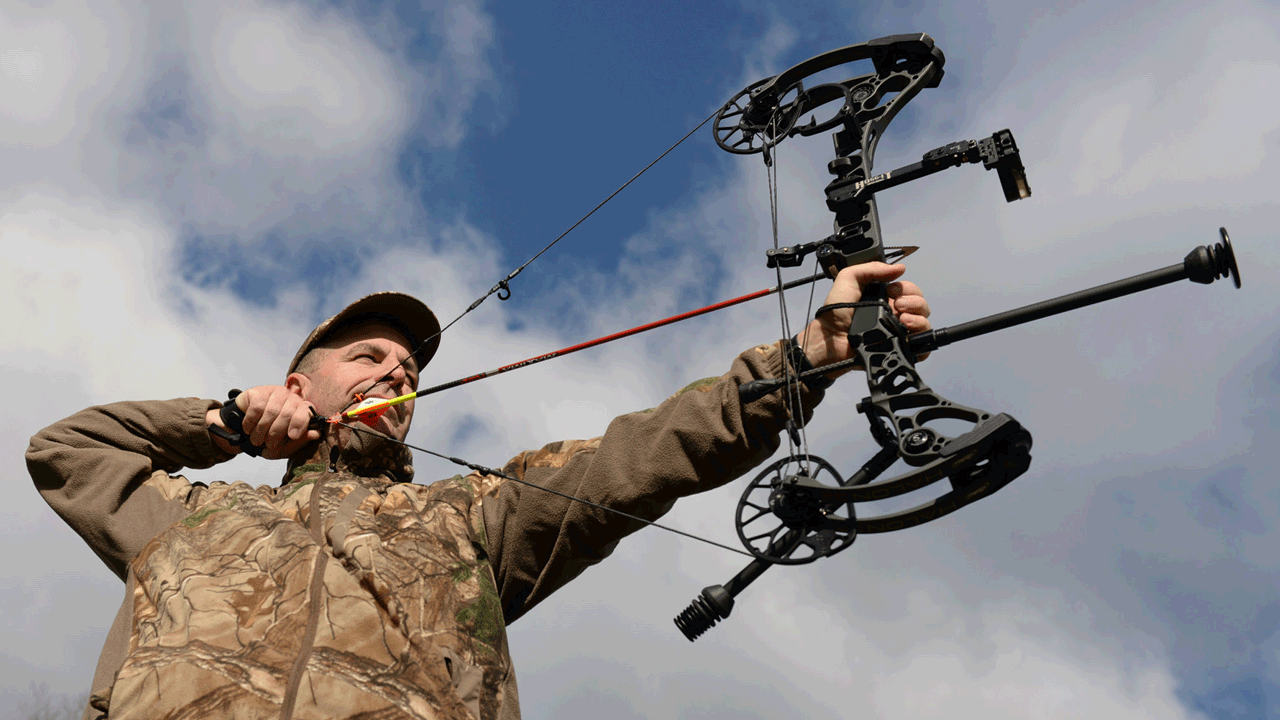Master the Art of Archery: Understanding the Significance of a Stabilizer in Your Setup
Archery, an old sport that calls for precision, emphasis, and ability, has actually captivated people for centuries. Whether one is an experienced archer or just starting their trip, the relevance of a stabilizer in their arrangement can not be overemphasized. This crucial tool plays a substantial function in improving accuracy and boosting total efficiency. By comprehending the benefits of using a stabilizer, considering the right factors when choosing one, and correctly installing and readjusting it, archers can raise their skills to new elevations. So, allow us check out the ins and outs of grasping the art of archery and uncover the important role that a stabilizer plays in attaining success on the variety.
The Function of a Stabilizer in Archery
A stabilizer plays a vital function in archery by improving equilibrium and decreasing vibrations during the shot. When an archer attracts the bowstring and releases it, there is a transfer of energy that can cause the bow to shake. These resonances can adversely impact the accuracy of the shot. A stabilizer helps to counteract these vibrations by dissipating the energy and absorbing.
One of the primary advantages of a stabilizer is its capability to enhance equilibrium. The weight of the stabilizer helps to disperse the weight uniformly, decreasing the stress on the archer's arm and boosting stability.
Along with balance, a stabilizer also assists to minimize torque. When an archer releases the bowstring, there is a natural propensity for the acquiesce rotate in the hand. This rotation, called torque, can trigger the arrowhead to drift off-course. The weight and style of a stabilizer counteract this turning, making sure a more precise and constant shot.
Advantages of Utilizing a Stabilizer
The application of a stabilizer in archery uses many benefits that boost an archer's performance and general capturing experience. By absorbing and moistening these resonances, the stabilizer boosts the security of the bow, permitting for even more regular and precise shots.
Second of all, a stabilizer assists to stabilize the bow by including weight to the front end. This weight circulation combats the all-natural tendency of the acquiesce tip ahead upon release, minimizing the quantity of activity and improving the archer's capability to maintain objective on target.

Lastly, a stabilizer can also act as a shock absorber, lowering the shock and recoil experienced upon release. This not only enhances the comfort of capturing however additionally minimizes the danger of injury or stress on the archer's body.
How a Stabilizer Enhances Precision
Enhancing the accuracy of an archer's shots, a stabilizer plays a critical duty in boosting total performance. archery stabilizer. By adding security to the bow, a stabilizer helps reduce the unwanted activity and resonance that can happen during a shot. This decrease in activity enables the archer to keep a constant objective, resulting in more consistent and precise shots

Additionally, a stabilizer helps to moisten resonances that occur upon release. These vibrations can trigger the acquiesce tremble, impacting the arrow's trajectory and accuracy. By taking in and dissipating these resonances, a stabilizer helps to maintain the bow's security and ensure a exact and smooth shot.
Furthermore, a stabilizer can also assist in stabilizing the weight circulation of the bow (archery stabilizer). By including weight to the front of the bow, a stabilizer assists to stabilize the weight of accessories, such as views or quivers, which may be affixed to the bow. This well balanced weight distribution aids the archer preserve a controlled and stable shooting placement, leading to boosted precision
Elements to Think About When Choosing a Stabilizer
When picking a stabilizer for your bow, it is important to think about a number of factors that will certainly contribute to its overall performance and viability for your individual capturing design. The initial element to take into consideration is the size of the stabilizer.
An additional factor to consider is the weight of the stabilizer. The weight of the stabilizer can influence the equilibrium of your bow.
Some stabilizers have flexible functions, such as flexible size or flexible weights, which allow you to tailor the stabilizer to your certain demands. Carbon fiber stabilizers are durable and lightweight, while aluminum stabilizers offer a balance in between weight and rigidity.
Various stabilizers may function better for find certain shooting designs, such as target shooting or searching. It is a good idea to consult with skilled archers or professionals to establish which stabilizer will certainly finest suit your specific demands.
Tips for Effectively Readjusting a stabilizer and setting up
Appropriate setup and adjustment of a stabilizer is essential for maximizing its efficiency and ensuring ideal shooting precision. When installing a stabilizer, it is essential to adhere to a couple of crucial actions to ensure its efficiency. Initially, figure out the ideal length of the stabilizer based upon your shooting style and preferences. Longer stabilizers supply more stability yet can be much less maneuverable, while much shorter stabilizers offer enhanced ability to move but might sacrifice stability. Once my company you have actually picked the suitable length, connect the stabilizer to the bow using the offered installing equipment. Guarantee that the stabilizer is safely secured and aligned with the bow's riser.
After mounting the stabilizer, it is necessary to make changes to attain the desired balance and shot consistency. Beginning by changing the weight circulation along the stabilizer. This can be done by adding or getting rid of weights from the stabilizer's weight system. Trying out different weight arrangements to discover the balance that works best for you. Furthermore, think about changing the angle of the stabilizer to adjust the shot. A slight onward or backwards tilt can affect the bow's equilibrium and just how it responds during the shot.

Conclusion
In final thought, a stabilizer plays a crucial duty in archery by boosting accuracy and lowering bow torque. When choosing a stabilizer, variables such as size, weight, and material need to be considered to satisfy private needs.
In addition, a stabilizer can also help in balancing the weight circulation of the bow. By including weight to the front of the bow, a stabilizer aids to balance the weight of accessories, such as quivers or views, which may be connected to the bow. Some stabilizers have adjustable attributes, such as adjustable size or flexible weights, which allow you to tailor the stabilizer to your certain needs. Carbon fiber stabilizers are sturdy and light-weight, while aluminum stabilizers supply a balance between weight and strength.
Longer stabilizers supply even more stability but can be less maneuverable, while shorter stabilizers use boosted ability to move but may give up security.